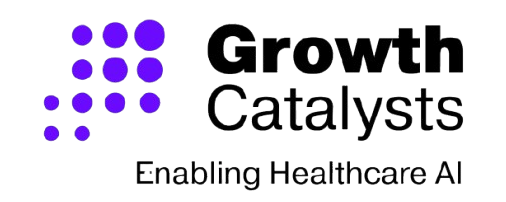Probability, statistics & medical decisions

– Authored By Dr Ajit Bhagwat
Medicine is a science of uncertainty and the art of probability.
The ashes cricket test match was at a very interesting juncture on the fifth day. “There is a 30% chance of rain today,” was the weather forecast for the day. A friend of mine was a bit depressed after hearing this. “Why are you depressed?” I asked him.
“Well, there is a 30% chance of rain,” he said.
“Can you tell me about your understanding of 30% chance of rain?” I asked.
He scratched his head for a while and said, “It’ll rain in 30% of the area.”
“But they have said 30% chance, not area.”
“Hmm… let me think… yes. it probably means it will rain 30% of the time.”
“Again, you are conflating time with chance… are you sure about what it truly means?”
“Maybe 30% of the weather experts think that it will rain today.”
“No. All the experts are saying that there is a 30% chance of rain today.”
Now, he was exasperated and desperate to know what the correct answer was.
“It will rain somewhere in the area on 30% of the days in which such a prediction is made… is probably the answer that is closest to the truth,” I said.
Probability is the most ill-understood concept even by graduates of science. As a doctor, it makes it very cumbersome to explain to the patient the probability, and hence the risks and benefits, of the surgery or any procedure. The patient signs on the dotted line of the consent form after listening to you, however you are not sure if he has properly under- stood the essence of the conversation on the risks involved and the probabilities of adverse outcomes.
Here is a conversation with a patient who is a well-known business- man in the area.
“You need an angioplasty and a stent to a couple of arteries supplying the heart. The procedure is a bit more complex than average.”
“OK doctor. I hope there is a guarantee of success.”
“No. There are no guarantees in life in general and medicine in particular. I can’t even guarantee my own return to home from work today. Who am I to guarantee on your life, that too after a complicated procedure?”
“Is the procedure risky?”
“The risk of a major complication like stroke, heart attack, renal failure, fatal bleeding is about 4% and risk of death is about 1%.”
“That’s scary! Why are we then even considering this operation?”
“Because if we don’t do it the risk of a heart attack or death in the next one year is close to 15 percent.”
“So, I will have to take a 5 percent risk of having a major complication including death in one day to offset a 15 percent risk of death in the next one year, right?”
“Correct.”
“Is that risk worth taking?”
“That’s mostly your call. I can help you in taking the decision by answering your questions and queries.”
“OK. So, which are the four complications that you are talking about?” “I am not talking about 4 complications but about 4 percent risk of complications.”
“So does it mean I can get 4 out of 100 possible complications that can occur?”
“No. It means if I operate on 100 patients like you, 4 will get major complications and 1 will die.”
“I don’t want to know about those five patients. Tell me about me.”
“I don’t know about you. You will just be one of those hundred patients.”
“If you can’t tell about what’ll happen to me, what’s the point in having all this discussion?””
“The point of having this discussion is to help you make an informed decision. It will help you understand the risk of you coming out of the cath lab with a major complication that includes death.”
“And what is that risk?” “It’s about five percent.” “But if I get it, it’s 100 percent for me.”
“It’s an incorrect way of saying it. Risk is always calculated before the event. Everything is 100% after the event… good or bad.”
“OK. But can you do something to reduce that risk further down from 4%?”
“We take every precaution to avoid complications and also make sure that we have everything to deal with the potential complications. However, some things are beyond our control and complications do occur.”
“Doctor, you must have done many such procedures before and I trust you.”
“Well, we have done about 50 such procedures so far and have had only one major complication.”
“That’s great! So, your complication rate is only two percent. But you said earlier that it’s 4 percent.”
“That’s the figure derived from the medical literature where a large number of such patients are done by experts. They arrived at this figure of four percent.”
“Does that mean you are better than those experts?”
“No. It only means I am probably not worse than them. The figure from the experts was published three years ago. Since then, there have been a lot of advances in techniques, hardware, medicines and equipment which has further fine-tuned the results. Medicine is a moving target because of rapidly advancing science. Benchmarks of the recent past may become obsolete quickly.”
“I get what you are saying, doctor. Thanks for simplifying things!”
(The writer is a senior cardiologist).
Please submit your resume and cover letter outlining your qualifications, interest in the position, and availability for the internship period to medhad@growthcatalysts.biz
Join us at Growth Catalysts and embark on an exciting journey to kickstart your career in data analytics! We look forward to welcoming you to our team and helping you grow and succeed in the field.
